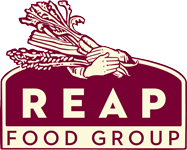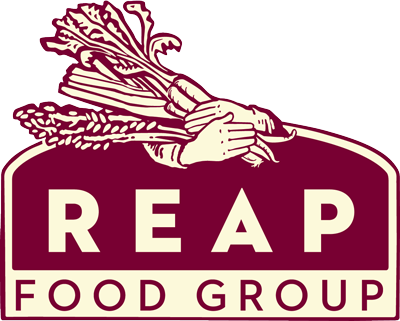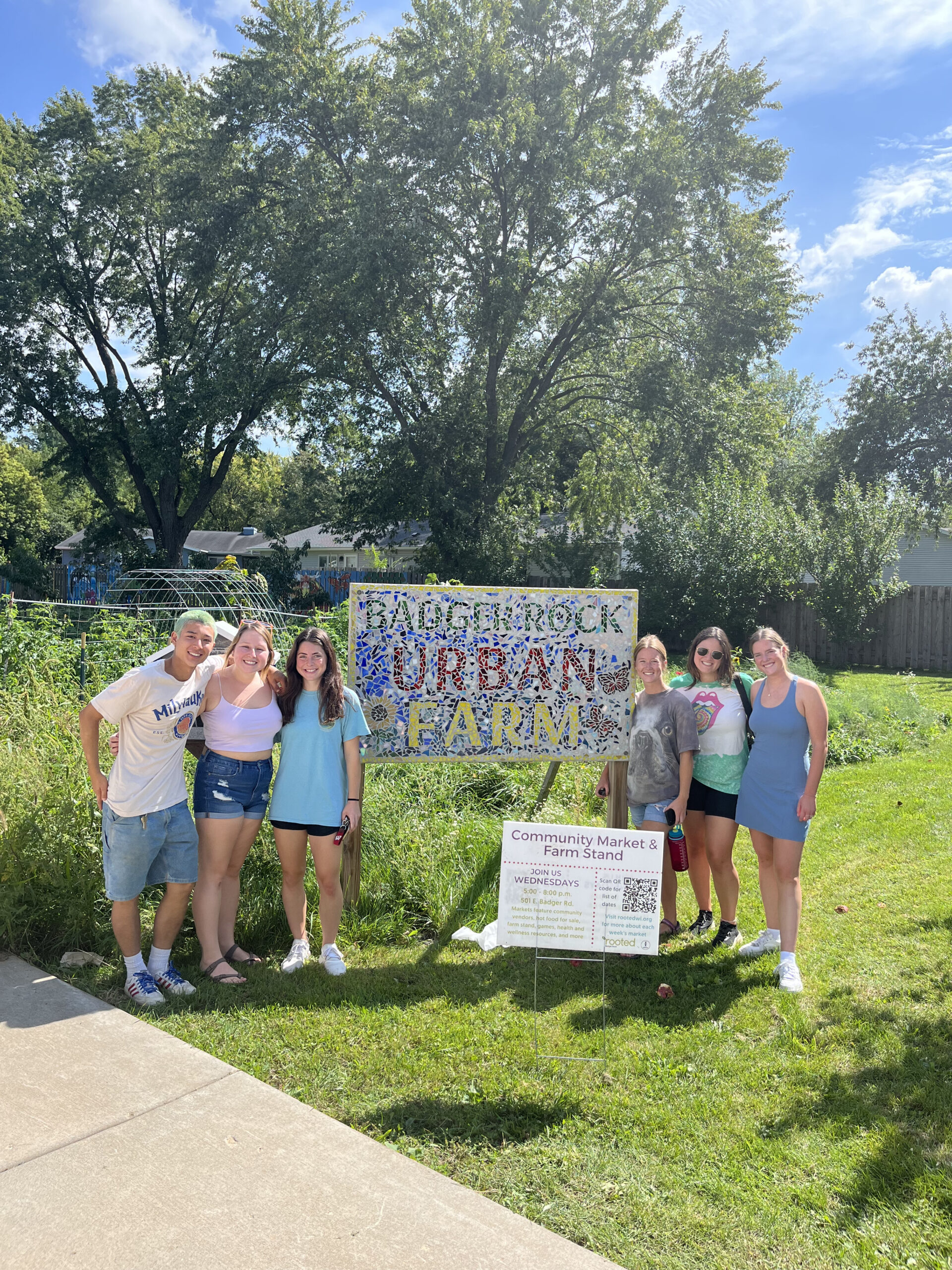Noah Reinkober, a student in the UW Madison School of Human Ecology, joined us this fall as a Farm to School intern, supporting Director Allison Pfaff Harris and REAP's partnership with MMSD Food and Nutrition. The following article was researched and written by Noah. Many people today are familiar with the concept of a “food desert," not just those in academia or the fields of sociology and human ecology. The term, which began being used in the 1990s, refers to a neighborhood, often in an urban environment, which has very little access to food. People living in a food desert may have restaurants in the area, but have to travel far to purchase foods at a grocery store, or they may simply be lacking in nearby food entirely. As the understanding of this issue has progressed over the last few decades, activists and researchers have proposed different labels for these areas. “Food swamp," a term which came into usage about a decade ago, refers to the same areas, but emphasizes the fact that these neighborhoods are often saturated with unhealthy foods, rather than lacking food entirely. Both of these terms are misleading when it comes to the conversation about food access, however. Deserts and swamps, unpleasant as they’re often perceived to be, are natural parts of the global environment with unique and thriving ecosystems. Neighborhoods which are deprived of healthy food options are not naturally occurring. To better describe this phenomena, Karen Washington, a Black farmer, activist, and organizer, came up with the term “food apartheid.” Rather than labeling a lack of food access as a natural occurrence, Washington’s term explicitly states the role that politics, economics, and histories of classism and racism play in the matter. Food apartheid occurs when institutions fail to invest in communities which need the investment the most. Food apartheid occurs when institutions fail to invest in communities which need the investment the most. Segregation, poor public transportation, redlining, high food prices, lack of access to growing land, and perceived lack of profitability for private businesses are just a few examples of things which inform food apartheid, all of them products of society, not nature. Karen Washington grew up in New York City, so that is the context from which she is working, but the systemic racism and classism which created food insecurity in NYC exists in Madison, WI too. According to Nicholas Heckman, a Public Health Planner in Policy and Food Security in Madison, because of how new the concept is, food apartheid “hasn’t yet been effectively measured at the local level.” Rather, data around food access and food insecurity often comes from the state or county, and researchers must use “various proxy data points and population characteristics to draw conclusions.” Though now dated, and lacking the context of COVID-19, Heckman’s 2016 report, Hunger and Food Security in Wisconsin and Dane County, sheds some light on the disparities which exist on the state and county levels. In 2016, it was reported that 12.4% of all people in Wisconsin, and 11.8% in Dane...
22
Dec 2022
0


